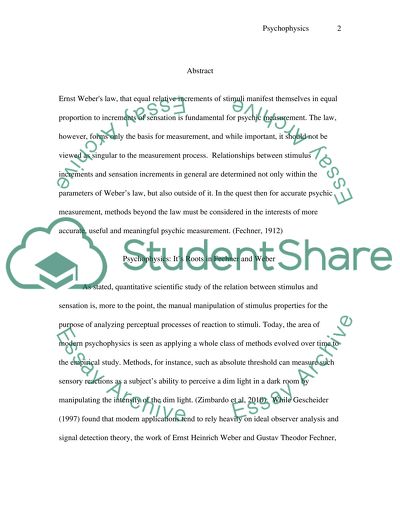Cite this document
(“Introduction to Psychology Essay Example | Topics and Well Written Essays - 1500 words”, n.d.)
Retrieved from https://studentshare.org/environmental-studies/1407671-introduction-to-psychology
Retrieved from https://studentshare.org/environmental-studies/1407671-introduction-to-psychology
(Introduction to Psychology Essay Example | Topics and Well Written Essays - 1500 Words)
https://studentshare.org/environmental-studies/1407671-introduction-to-psychology.
https://studentshare.org/environmental-studies/1407671-introduction-to-psychology.
“Introduction to Psychology Essay Example | Topics and Well Written Essays - 1500 Words”, n.d. https://studentshare.org/environmental-studies/1407671-introduction-to-psychology.


